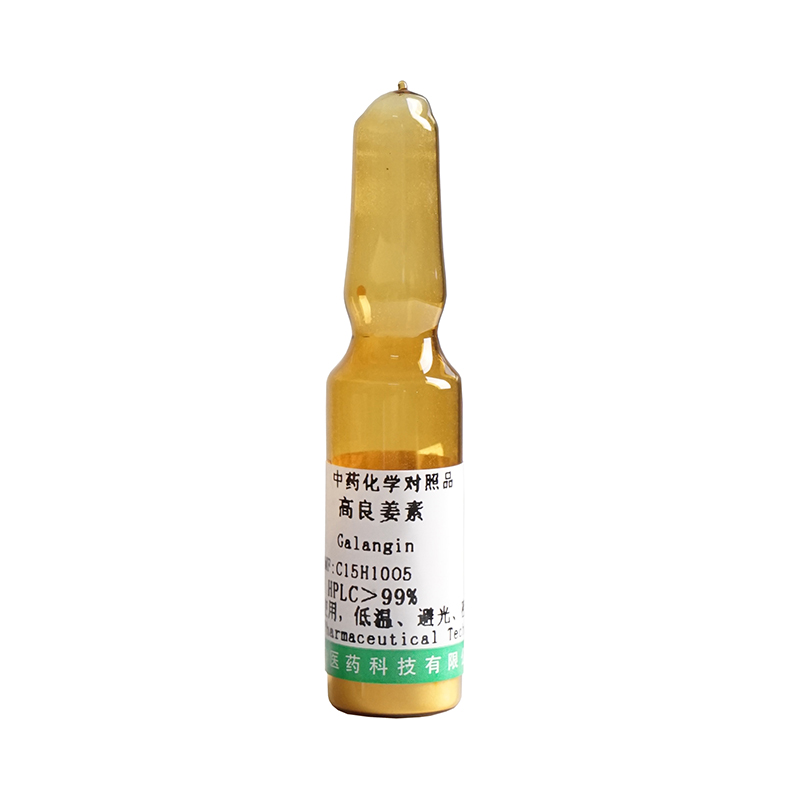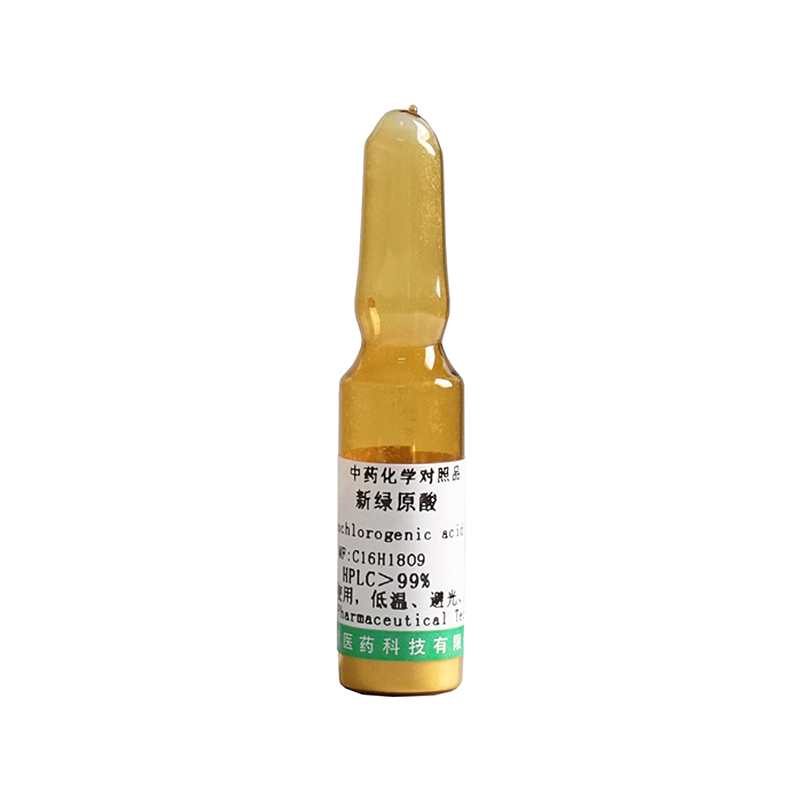Galangin CAS No. 548-83-4
Physical and chemical properties
Alias: Gaoliang Curcumin; 3,5,7-trihydroxyflavone,
English Name: galangin,
English alias: 3,5,7-trihydroxyflavone; 3,5,7-trihydroxy-2-phenylchromen-4-one
Molecular Structure
1. Molar refractive index: 69.55
2. Molar volume (m3 / mol): 171.1
3. Isotonic specific volume (90.2k): 519.4
4. Surface tension (dyne / cm): 84.9
5. Polarizability (10-24cm3): 27.57
Computational Chemistry
1. Reference value for hydrophobic parameter calculation (xlogp): None
2. Number of hydrogen bond donors: 3
3. Number of hydrogen bond receptors: 5
4. Number of rotatable chemical bonds: 1
5. Number of tautomers: 24
6. Topological molecular polarity surface area 87
7. Number of heavy atoms: 20
8. Surface charge: 0
9. Complexity: 424
10. Number of isotopic atoms: 0
11. Determine the number of atomic stereocenters: 0
12. Number of uncertain atomic stereocenters: 0
13. Determine the number of chemical bond stereocenters: 0
14. Number of indeterminate chemical bond stereocenters: 0
15. Number of covalent bond units: 1
Pharmacological Action
Galangin can mutate Salmonella typhimurium TA98 and TA100 and has antiviral effect
In Vitro Study
Galangin inhibited the catabolism of DMBA in a dose-dependent manner. Galangin also inhibited the formation of DMBA-DNA adducts and prevented DMBA induced cell growth inhibition. In intact cells and microsomes isolated from DMBA treated cells, galangin produced effective dose-dependent inhibition of CYP1A1 activity measured by ethoxypurine-o-deacetylase activity. Analysis of inhibition kinetics by double reciprocal diagram showed that galangin inhibited CYP1A1 activity in a non competitive manner. Galangin leads to the increase of CYP1A1 mRNA level, indicating that it may be an agonist of aromatic hydrocarbon receptor, but it inhibits CYP1A1 mRNA (TCDD) induced by DMBA or 2,3,5,7-tetrachlorodibenzo-p-dioxin. Galangin also inhibits DMBA or TCDD induced transcription of reporter vectors containing CYP1A1 promoter [1]. Galangin treatment inhibited cell proliferation and induced autophagy (130) μ M) And apoptosis (370 μ M)。 In particular, galangin treatment in HepG2 cells resulted in (1) accumulation of autophagosomes, (2) increased levels of microtubule associated protein light chain 3, and (3) increased percentage of cells with vacuoles. P53 expression also increased. Galangin induced autophagy was attenuated by inhibiting p53 in HepG2 cells, and overexpression of p53 in Hep3B cells restored a higher percentage of cell vacuoles induced by galangin to normal levels [2].
Cell Experiment
Cells (5.0 × 103) inoculated and treated with different concentrations of galangin in 96 well plates for different times. By adding 10 μ L of 5 mg / ml MTT solution to determine the number of living cells in each well. After incubation at 37 ℃ for 4 hours, the cells were dissolved in 100% solution containing 20% SDS and 50% dimethylformamide μ L solution. The optical density was quantified using a varioskan flash reader spectrophotometer at a test wavelength of 570 nm and a reference wavelength of 630 nm.








